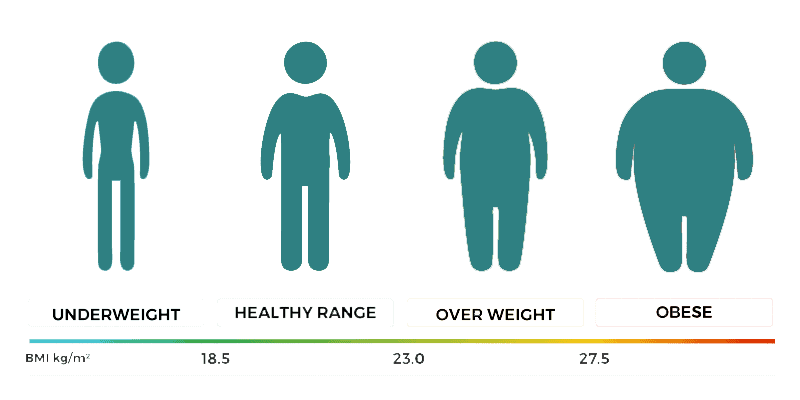Endoscopic Sleeve Gastroplasty (ESG) is an endoscopic minimally invasive weight loss procedure, where a commercially available, FDA approved suturing device (Overstitch™) is used to reduce the stomach volume by 80%. This is accomplished by a series of endoscopically placed stitches through the stomach wall. Reducing the volume of your stomach reduces the amount of food and liquid your stomach can hold at one time and helps you to lose weight by taking in fewer calories than your body uses in a day.
Endoscopic Sleeve Gastroplasty means:
- Endoscopic describes the method by which the procedure is performed. Endoscopy means that surgical tools pass through your mouth, and into your stomach. There are no incisions made in your skin.
- Sleeve describes the shape your stomach takes after the procedure is completed.
- Gastro- means stomach.
- Plasty describes the change in your stomach’s shape as a result of the ESG procedure. The ESG does this by stitching the inside of your stomach to make it smaller, without removing any of your stomach.
What to Expect During an ESG Procedure
The procedure is done under general anesthesia which means you will be asleep during the entire procedure. The procedure is done using a narrow lighted tube called an endoscope, which has surgical tools and a tiny camera on it. It is gently guided down your esophagus and into your stomach. The procedure lasts about 1-2 hours and most people leave the hospital the same day as the procedure, though some may stay overnight for monitoring.
Am I a Good Candidate for the ESG Procedure?
It is necessary to have a Body Mass Index (BMI) above 30 to be eligible for the ESG procedure. Your BMI is a calculation based on your height and weight. In order to determine if this is a good weight loss method for you, our bariatric team take into account among other things; your overall health history, current health problems, past efforts to lose weight and willingness to make long-term lifestyle changes.
Am I a Good Candidate for the ESG Procedure?
Endoscopic sleeve gastroplasty is often an option for people who aren’t candidates for other bariatric surgeries. The procedure is available to people whose body mass index (BMI) is above 30 who haven’t been successful maintaining weight loss with other methods.
But endoscopic sleeve gastroplasty isn’t for everyone who is overweight. A screening process helps doctors see if the procedure might be beneficial for you. And you must be willing to commit to healthy lifestyle changes, regular medical follow-up and participate in behavioral therapy.
Endoscopic sleeve gastroplasty isn’t appropriate for anyone who has gastrointestinal bleeding, a hiatal hernia larger than 3 centimeters or who’s had prior stomach surgery.
Given that endoscopic sleeve gastroplasty is a new procedure, it might not be covered by your health insurance.
Success and Benefits of the ESG Procedure
The ESG procedure, used alongside lifestyle and diet changes, is intended to help you lose weight. Weight loss can help prevent or improve many health problems that are associated with excess body weight, including:
- Type 2 diabetes
- High Blood Pressure (Hypertension)
- Heart Disease
- Joint Problems
- High Cholesterol
- Asthma
- Sleep Apnea
As with any weight loss treatment, some patients gain weight back. There are many reasons people regain weight. Two of the common reasons are:
- Not following the recommended diet after the procedure.
- Not following the recommended activity guidelines after the procedure.
Endoscopic sleeve gastroplasty is only one of the many tools you should anticipate using to improve your health. Physical activity, healthy lifestyle habits, changes in diet, stress management and motivation to make changes are all critical to your success after the ESG procedure.
Risks
In early studies on endoscopic sleeve gastroplasty, the procedure has shown a favorable safety profile. Pain and nausea may occur for several days after the procedure. These symptoms are usually managed with pain and nausea medications. Most people feel better after two days.
In addition, although it’s not designed to be a temporary procedure, endoscopic sleeve gastroplasty can be reversed. In some cases, it can also be converted to a different bariatric surgery (sleeve or gastric bypass).
Because the procedure is still new and not in wide use, questions remain about its long-term effectiveness and risks.





